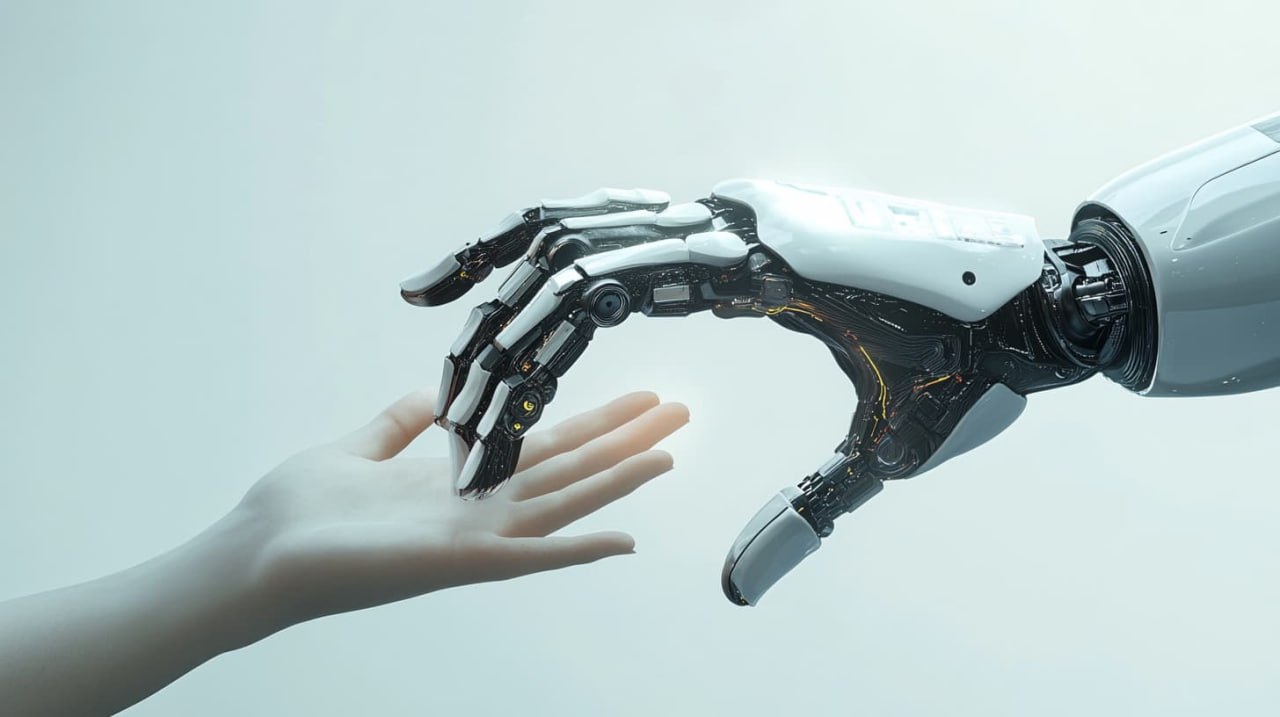
Neural networks in 2025
Today, it will be possible to speed up information processing, provide accurate search, and even draw a picture using a technology such as artificial intelligence.
The user sees it as a dialog box on the monitor, sets a task using the request method, specifies detailed requirements for the final result, and receives something new. This is a text on the requested topic, a picture, a structured presentation, and even a video.
With the help of AI, almost any work with information becomes faster and easier. A person now only needs to accurately formulate his vision of the result and wait a little. Using such help is to help yourself, reducing the amount of effort expended and waiting time. The peculiarity of such information systems is continuous improvement.
In 2023 and 2024, artificial intelligence has become an assistant in everything related to content and information. Its further qualitative development is expected - neural networks in 2025 will definitely show something new.
What awaits us
Among the features of working with AI is the rapid creation of a result. This is helped by constantly improving algorithms for searching for information and assembling a response. Progress makes creation faster and faster:
The first AI models - hundreds of thousands and millions of individual parameters;
GPT-3 and GPT-4 - already 175 billion and 1.76 trillion variables.
The difference in development is impressive - this is the growing depth of information processing. It is becoming easier to create content and entire concepts, and they look more “human”. A translator or programmer can do their job more and more efficiently, but this does not help develop the thinking abilities and memory of specialists.
The most popular neural networks in 2025 will still provide access on a commercial basis. This will continue to affect the cost of the work performed. It remains to hope for a decrease in the subscription price. As an option - the release of free versions for a wide range of users as even more “advanced” technologies appear.
To be able to create a picture or video, it is enough to find a suitable system. A tendency towards the development of speech synthesis tools is already visible - operators of voice perception and transcription of information, reproduction of words and intonations are improving. Today, a presenter can talk about the weather or news even without being present in person.
You should be careful with this - streaming video and pre-edited videos are used by some people for bad reasons. Because of this, we should expect a more complex legislative framework - to allow a person to limit their personal space and be able to protect themselves from unscrupulous people.
There are also thoughts about introducing AI into everyday life and into a large number of professions using augmented reality devices and even chips integrated into the brain. There are companies that are actively developing and testing - such solutions are already beginning to be used by people.
What not to expect
The main thing to remember is the need for a person as a representative of the profession.
There are opinions that certain areas will lose their relevance, and large numbers of people will stop working. The capabilities of AI do not yet confirm this - the “machine” result is still created too superficially and without deep details.
Since the early 2020s, they have been saying that writers, artists, designers, translators, and programmers will be left without income. The market requires quick solutions, and artificial intelligence provides standard solutions in minimal time. But the key feature of this technology is to combine what already exists.
To come up with something fundamentally new without using the old, to give a fresh idea in the form of text, image or video - no platform is capable of this yet.
Pros and cons
Neural networks in 2025 will continue to build up their advantages:
high speed of detection, approximation and analysis of information, which is already hundreds of times higher than human capabilities;
the ability to self-learn (choosing a method for solving a problem and saving the analysis of the found solution in order to find an even better offer in the future);
strong resistance to spam, noise information (work is carried out only in relation to target parameters and without attention to side data).
But these technologies retain some of their disadvantages. The interest here lies in their temporary nature - platforms are developing faster and faster, although only the resources involved can allow this. Here are the main “disadvantages” of AI:
noticeable repeatability of results in the absence of sufficient suitable information;
there are still errors in the decision-making methodology (it depends heavily on the connections between models, humans are still the leaders);
a large amount of effort and time to calibrate and refine algorithms (this is visible as content is generated).
In order for AI to become better, efforts and resources are invested in its development, and the market is already using this tool.
Results
Artificial intelligence remains the most technologically advanced tool. Neural networks promise to become

